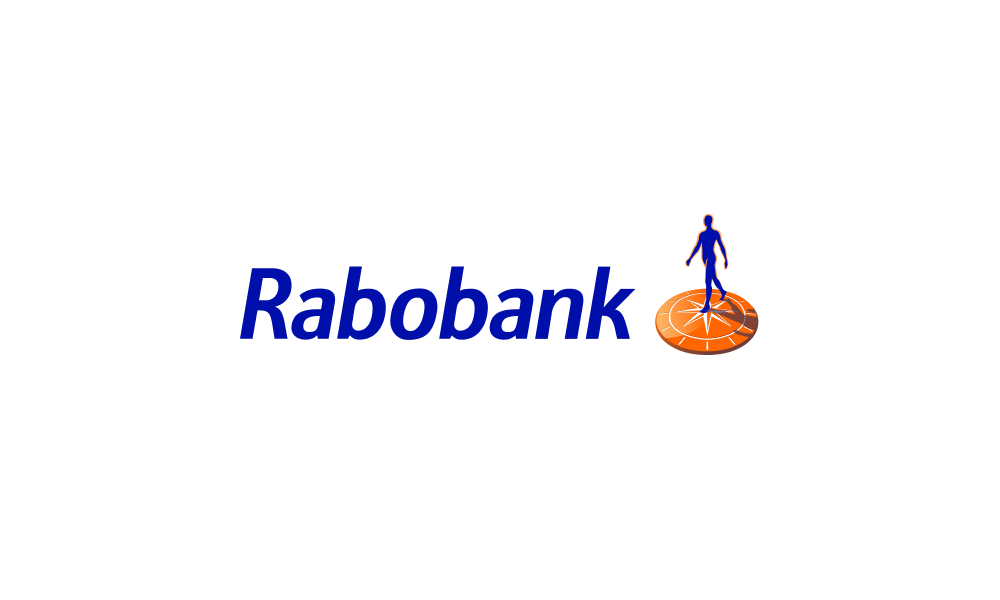2022-09-10

NAB Rural Commodities Wrap: August 2022 Featured
Australian agricultural commodity prices have experienced a downward trend, with beef, dairy, and grain prices all being affected. The decline in prices comes despite favourable seasonal conditions but can be attributed to elevated input costs and rising interest rates globally. While input costs have stabilized for now, the fertiliser index saw a 7.5% increase in August, posing a challenge for producers. Additionally, the formation of a third consecutive La Nina event, with a 70% chance, could further impact agricultural conditions.
The dairy sector has seen a decline in global trade auction results, but farmgate prices remain strong due to competition among processors for milk. However, there is a risk of margin squeeze for processors in the coming months. Grain prices have been influenced by higher interest rates and global recession fears, causing fluctuations. Extreme weather events in key growing regions and the potential for a La Nina event have added pressure to the global supply picture. Australian grain prices have been relatively stable compared to international spikes, and favourable seasonal conditions are expected to lead to an above-average crop.
Beef prices experienced a crash in June and July but have rebounded recently. Although seasonal conditions remain supportive, a weaker global growth outlook and high input costs have affected sentiment. Lamb prices have been falling, and the market may experience downward pressure with the upcoming spring flush. The wool market has seen flat to lower prices after a decline in the price run-up. Overall, prices for beef and lamb remain historically high, although the recent decline in prices has surpassed expectations.


